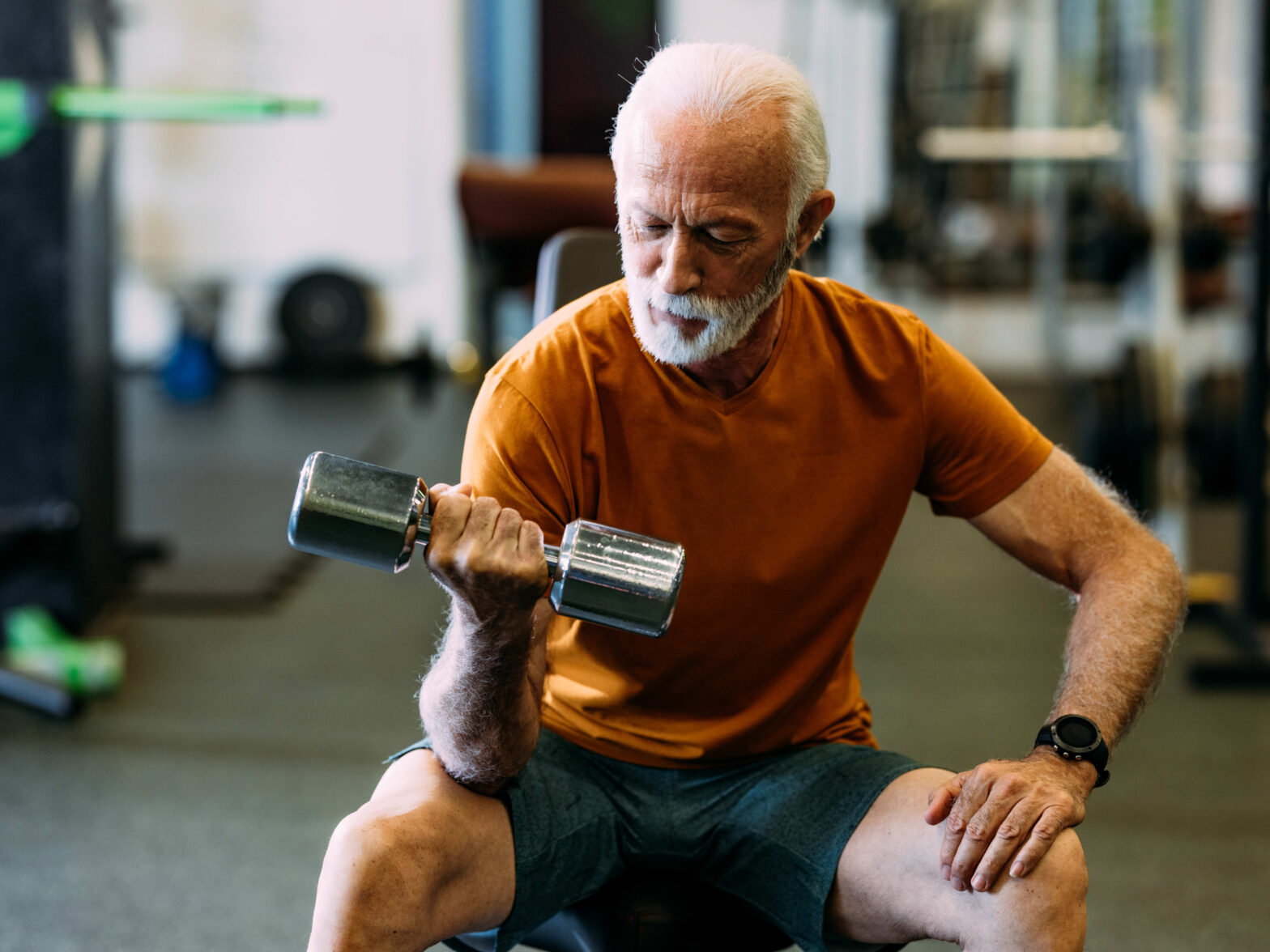Men’s Health Matters
June is Men’s Health Month—a timely reminder that optimal health isn’t just about lifting heavier weights or running faster. As an exercise physiologist, I work with men across all age groups to improve their physical function, prevent chronic disease, and promote long-term well-being. But men often overlook key areas of health until something goes wrong.
Let’s break down some of the most important men’s health topics—and how movement and lifestyle changes can be powerful tools for prevention.

Heart Health:
Cardiovascular disease is still the leading cause of death for men—but most of it is preventable with consistent exercise, good nutrition, and routine check-ups. The heart is a muscle and like any other muscle, it benefits from exercise. With exercise, it will become slower but stronger, and often reduce blood pressure. Exercise can also help the body to process cholesterol, sugars, and fats which improves overall physiological health.
Your move:
30 minutes of moderate aerobic exercise (e.g. brisk walking, swimming) most days of the week
Include strength training 2–3 times per week
Reduce sedentary time and manage stress daily
Muscle Loss (Sarcopenia): The Silent Decline
From age 30 onward, muscle mass naturally declines—affecting strength, metabolism, and mobility. This can increase the risk of falls, chronic disease, and loss of independence later in life.
Your move:
Prioritize resistance training (weights, bodyweight, or resistance bands) using 8-10 different large muscle groups
Train 2–3 times per week, focusing on form and consistency over intensity
Prostate Cancer: Early Detection Saves Lives
Prostate cancer is the most commonly diagnosed cancer in Australian men, and one of the leading causes of cancer-related death. The risk increases with age, particularly after 50—but early detection significantly improves outcomes.
What to know:
Prostate cancer often develops without symptoms in early stages
Screening usually involves a PSA blood test and sometimes a digital rectal exam
Family history increases risk, so speak to your doctor if a close relative has had prostate cancer
How exercise helps:
Regular physical activity may lower the risk of aggressive prostate cancer.
Exercise supports immune function, reduces inflammation, and helps manage side effects during and after treatment. In relation, exercises helps to offset the effects of fatigue, muscle wastage, and osteoporosis, and helps men tolerate a greater percentage and frequency dosage of treatment.
Resistance and aerobic training are especially helpful for men undergoing hormone therapy or recovering from surgery
Your move:
Talk to your GP about screening from age 50 (or earlier if at higher risk)
Stay physically active throughout life—even light daily movement makes a difference
Mental Health: Don’t Tough It Out Alone
Currently on average, seven out of every nine suicides each day in Australia are men. Depression, anxiety, and stress-related conditions affect millions of men—but stigma still stops many from seeking help. Movement isn’t a cure-all, but it’s a proven tool for alleviating the symptoms of anxiety and depression. Some of the benefits of exercise include increased release of endorphins which help with positive mood and overall sense of well-being and reduced muscular tension.
Your move:
Use exercise as a mental health strategy—walk, lift weights, stretch, or play sport.
Prioritize activities that help you decompress, not just “grind”. It’s recommended to do the form of exercise you enjoy the most, whether this be aerobic exercise in the form of walking, cycling, running or swimming, or resistance exercise including bodyweight or weight training. The outcomes for aerobic and resistance exercise to alleviate mental health symptoms are similar.
Exercise can also be used as a great tool to start those tough but important conversations with your mates about their mental health and how they’re doing. Whether it’s a kick of the football, a game of cricket in the park, a hike or an afternoon run, exercise and sport can give you a chance to have a chat in a relaxed environment.
Always seek professional help if you are struggling!
Testosterone & Hormonal Health
Medical research shows links between chronic disease such as heart disease and diabetes and male reproductive and sexual health. Being physically active can also positively influence conditions such as erectile dysfunction, pelvic floor health, infertility, benign prostate enlargement (BPH) or irritating and painful urinary symptoms (LUTS, or lower urinary tract symptoms). Further, Testosterone gradually declines with age, and poor sleep, inactivity, or obesity can worsen this leading to low energy, reduced libido, and mood changes.
Your move:
Resistance training and short bursts of high-intensity activity can naturally support hormone levels
Maintain a healthy weight, get quality sleep, and reduce alcohol and processed foods
See a health professional if you’re experiencing symptoms.
Substance Use Disorder
The consumption of alcohol, tobacco and other drugs is a major cause of preventable disease and illness in Australia. Substance use disorder affects a greater percentage of men than women. Exercise interventions are emerging as an innovative approach to improve recovery for those living with SUDs. There are likely multiple factors leading to the beneficial impact of exercise including: behavioural factors (e.g., substituting exercise for unhealthy behaviours such as substance use); psychological factors (e.g., improved well-being); and neurobiological factors (e.g., activation of reward pathways in the brain).
Tip: If you’re struggling, speak to a healthcare provider or counsellor. Pairing a structured exercise program with professional treatment improves outcomes and reduces relapse risk.
Need help getting started?
An Accredited Exercise Physiologist can create a safe, evidence-based plan tailored to your goals and health history—whether you’re new to exercise or managing a condition like prostate cancer or heart disease seeking professional help is recommended.
Sources: Exercise & Sports Science Australia (ESSA), ‘Exercise & Men’s Health’ Ebook, 2021.
